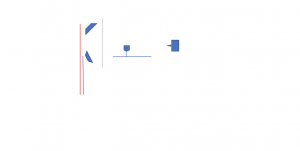America’s Other Drug Problem: How the Drug Industry Distorts Medicine and Politics.
By Arnold S. Relman and Marcia Angela
They both are finding answers for similar questions and seeking ways, mentioning and wondering what kind of ethical standard each doctor should have. They are also concerned about the “Drug Cost” we all know the high price that everybody have to pay in order to get the real attention in Hospitals, even in an emergency room, or Some drugs prescribed in the hospital are intended to treat the acute illnesses for which the patients were admitted; others are to prevent problems such as nausea and blood clots. Still others are meant to control side effects of the original medications.
Many Americans have been struggling just because of the high cost of medications in the market. Unfortunately there’s a point that strongly grabbed my attention: There’s not and cannot be anything like a free market in prescription drugs, this is awful. A lot of countries like our neighbor Canada, they really have an incredible and successful medical system where almost everybody have free health insurance, but paying high taxes so that, the government can afford those costs of prescription.
First of all, a drug must be registered with the FDA (Food & Drug Administration) which by law must match and have the required documentation and approval so they can be spread to the patients.
The technology in the pharmaceutical industry has changed dramatically. We all see everyday how the new procedures and equipments are influencing on us in a positive and negative way.
The article “Big Benefits from big Pharma: Longevity and Real Welfare Growth”
There’s an important sentence that i would like to talk about, and it’s: “Without a well structured system of patent protection, neither the research pharmaceutical industry nor the generic industry would be able to grow and prosper, as the rate of new product introductions and patent expirations would decline significantly.” Which means that if we don’t protect the rights and author’s rights or if we don’t care about the research pharmaceutical industry, we would be able to rise and grow, which is like a careless statement. Definitely, both articles argue in a completely different way. One of them, cares about patients, and medical future, the other one it doesn’t seems like they do care about it.
Ideas: I would create one image completely WHITE as a symbol of prosperity, and positivism, i like to produce a reflection with my pills or prescriptions using the well known technic.
The other idea would be: with a black background, and pills with different colors evoking the diversity and the importance of every single medication in the pharmaceutical industry. Using a solid background preferably white, because i want the whole attention to my “prescription” as the main point in this project.




